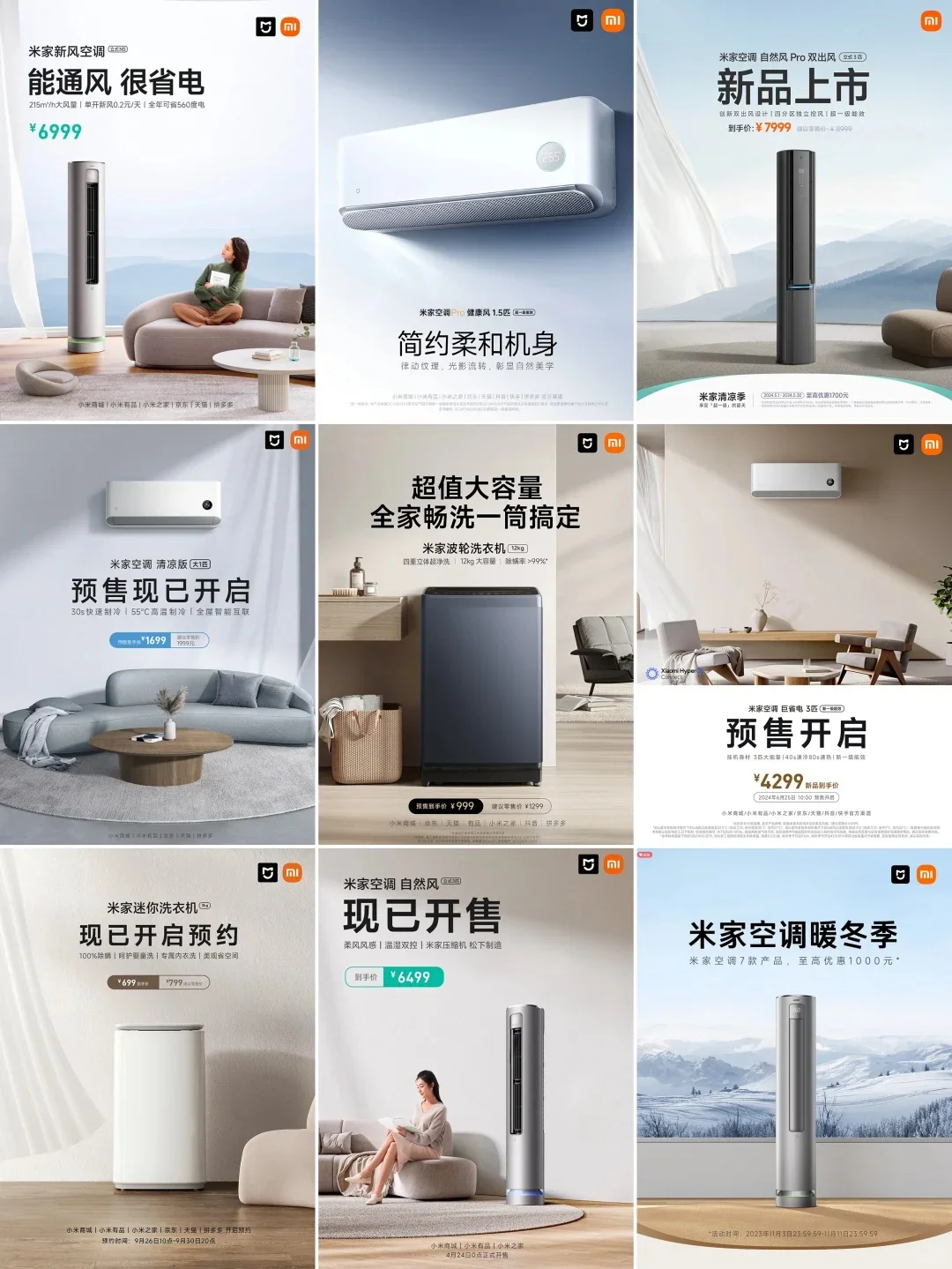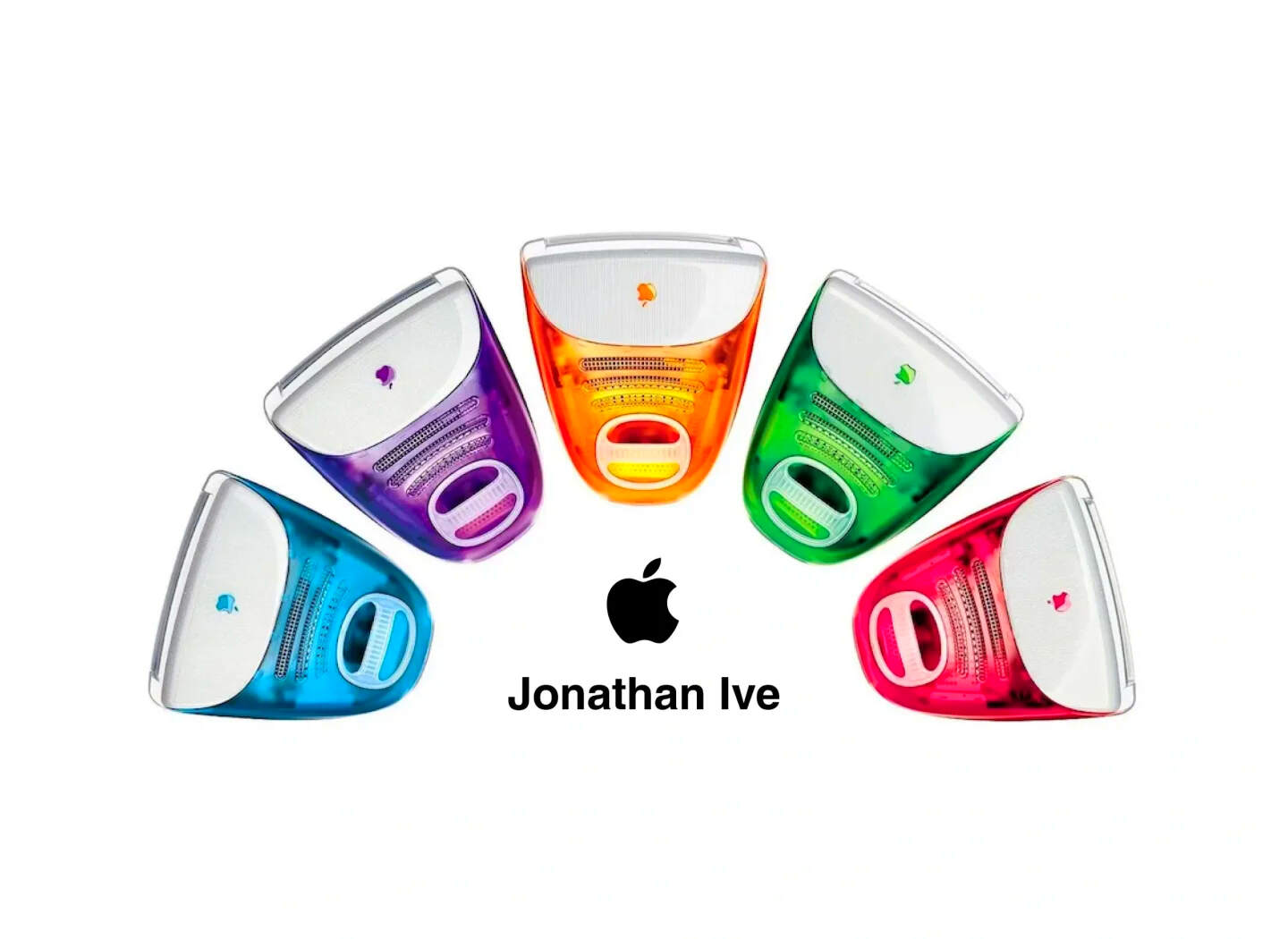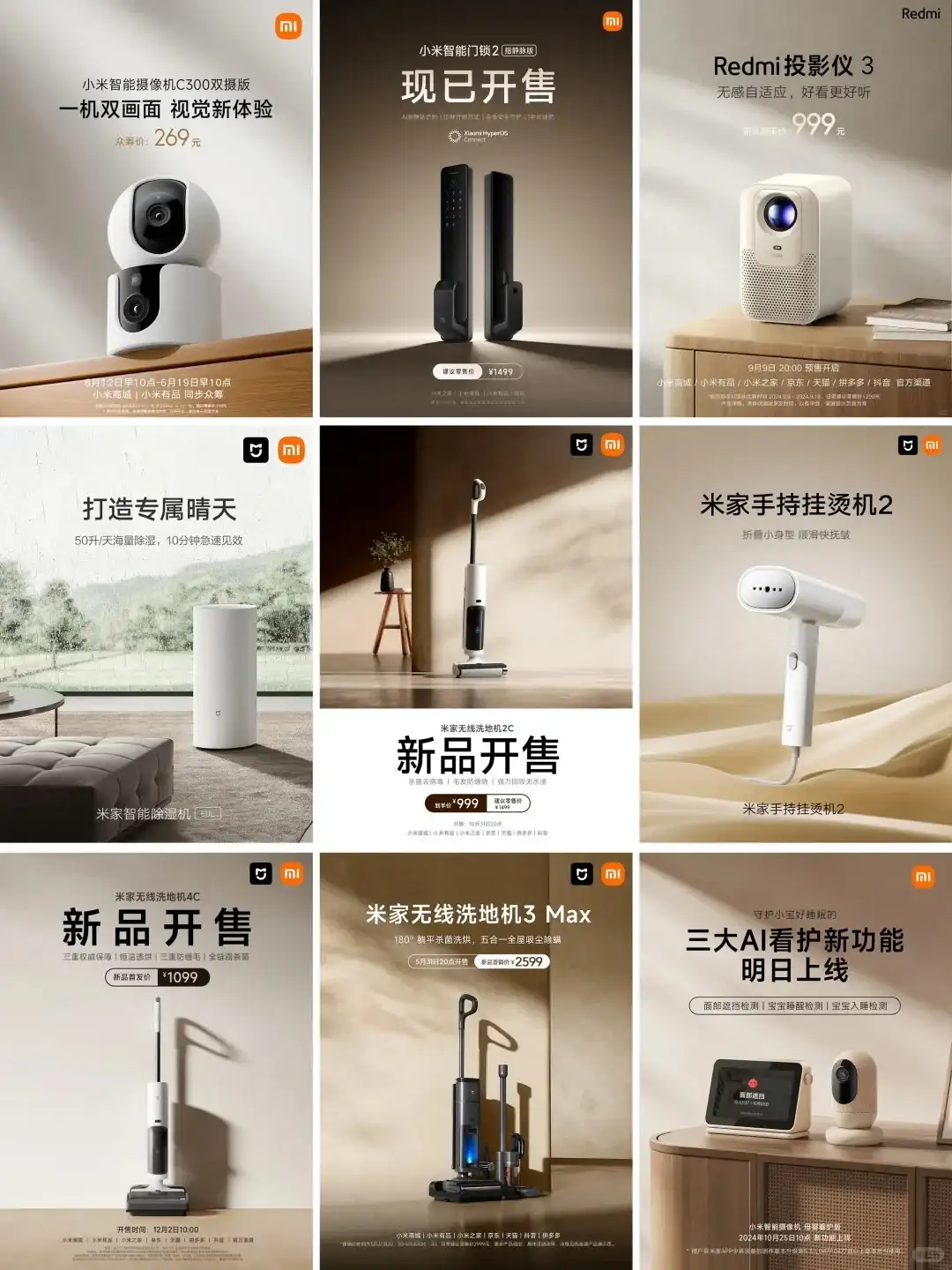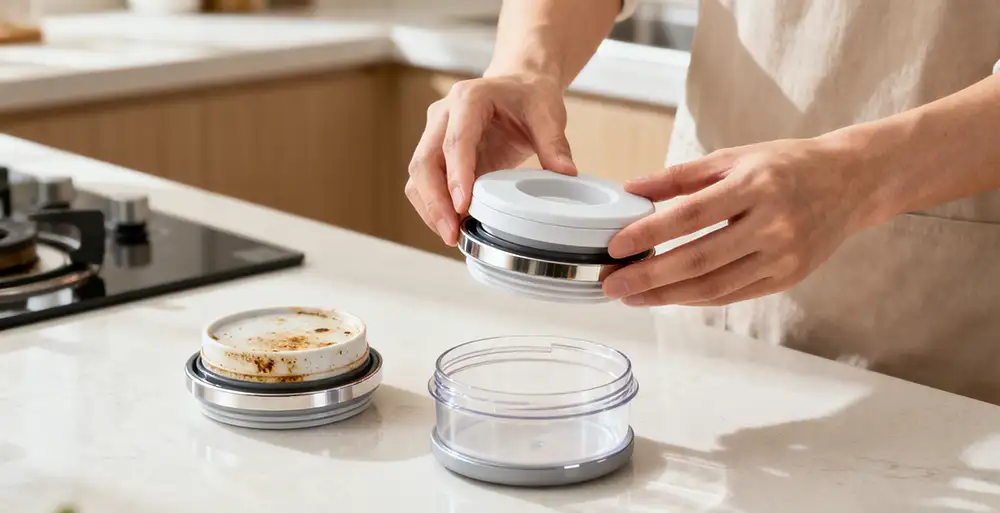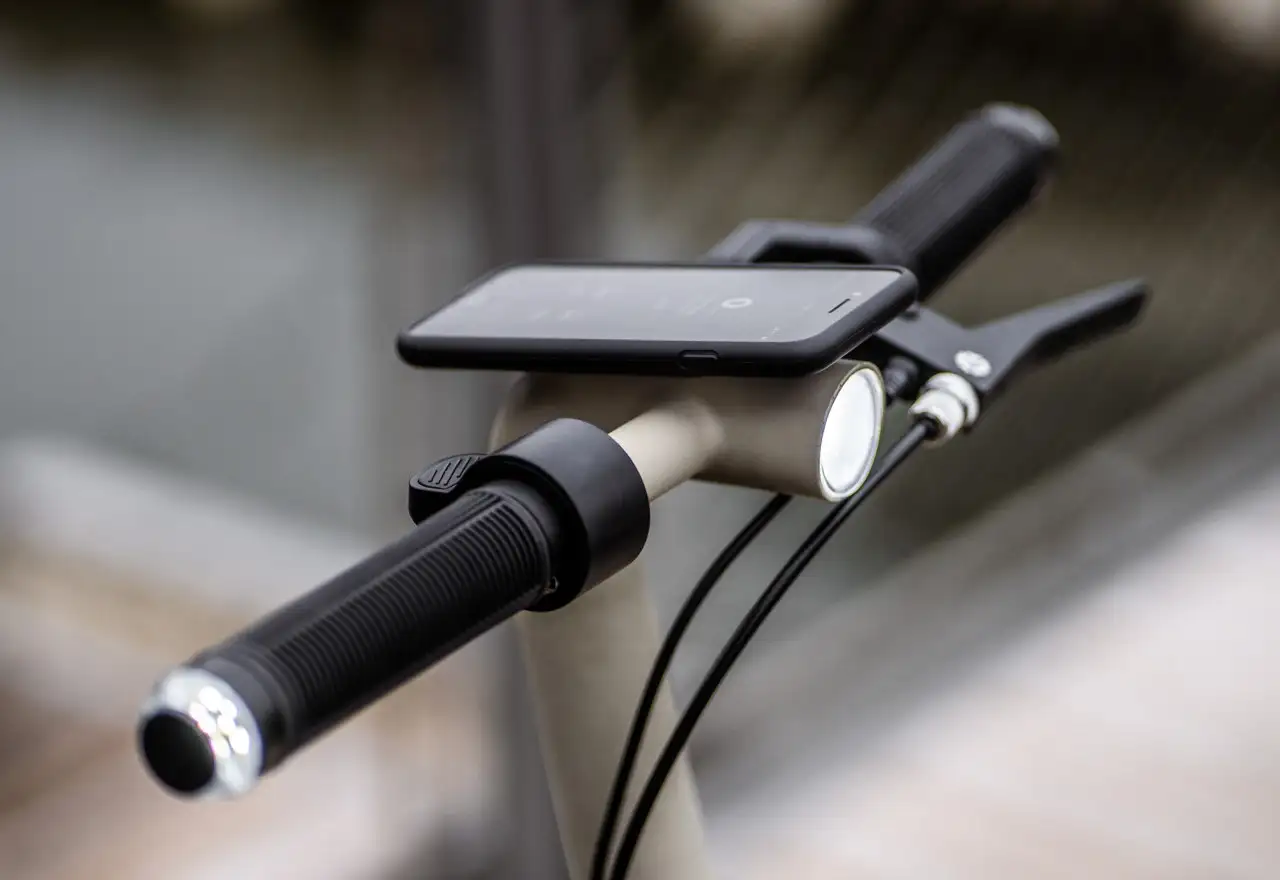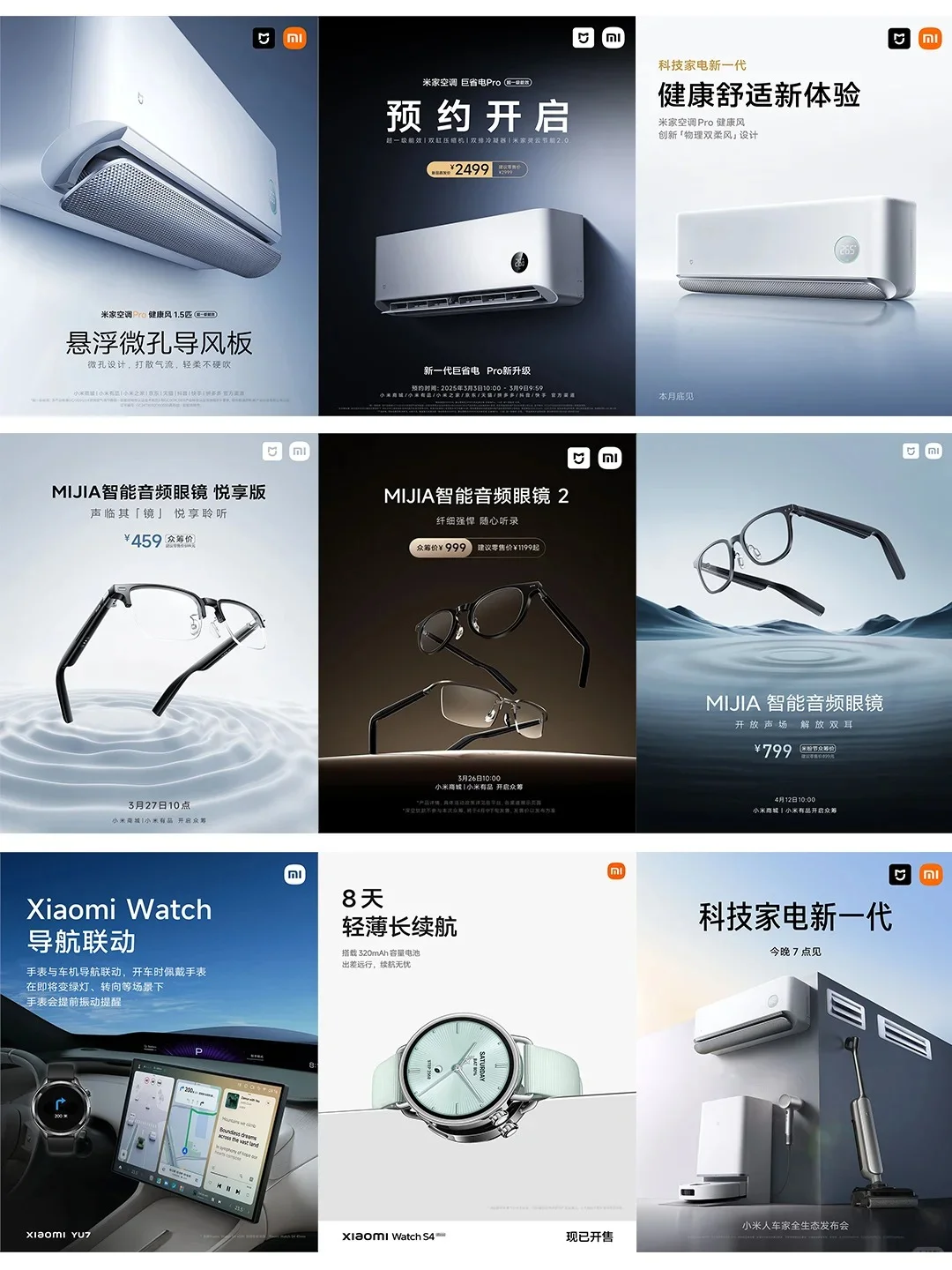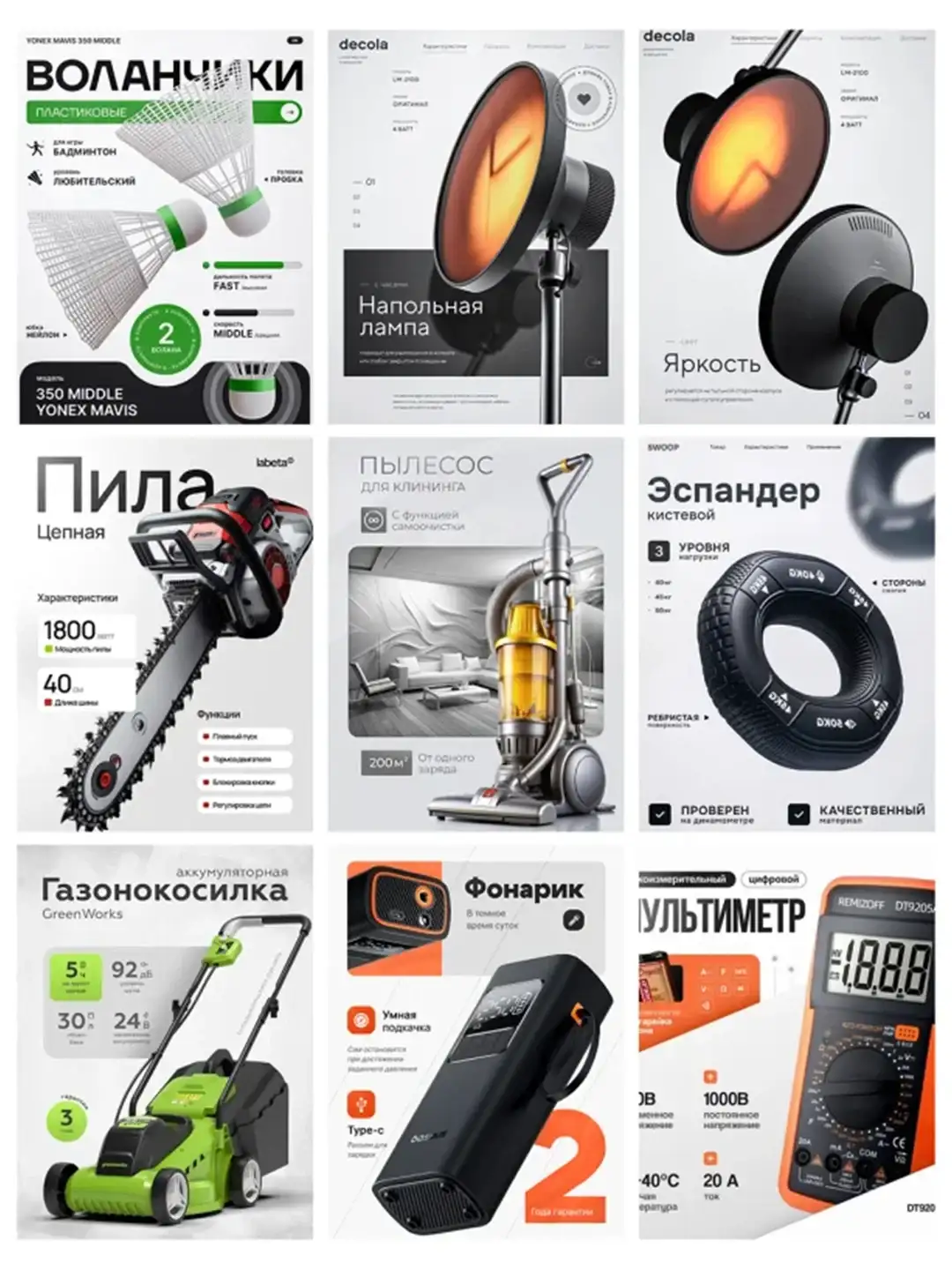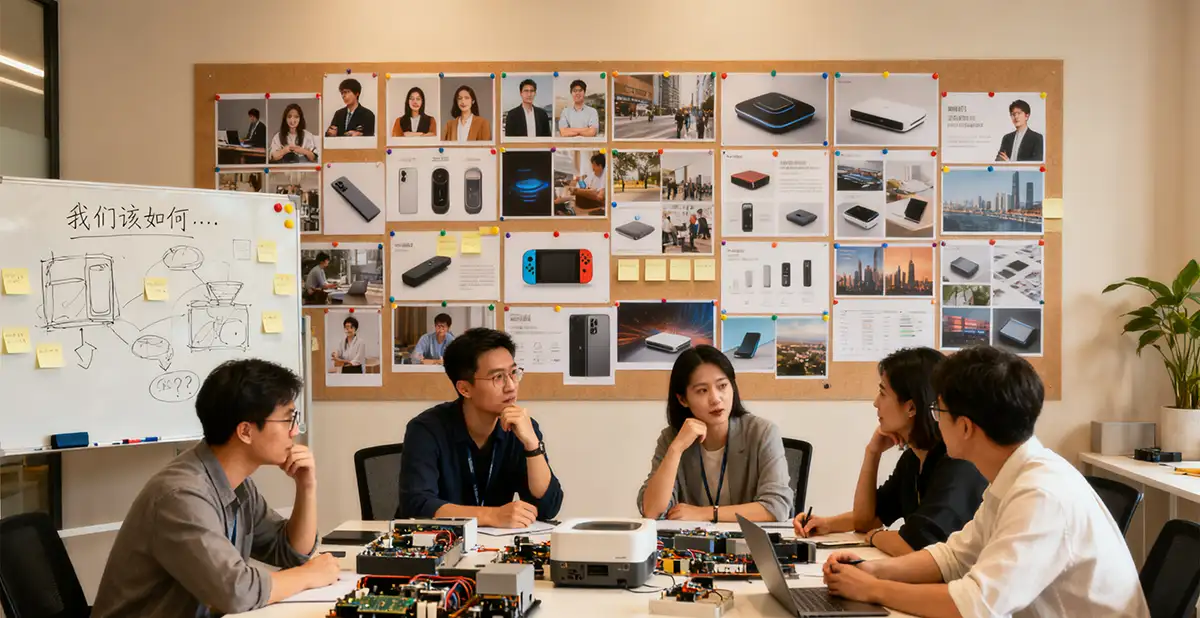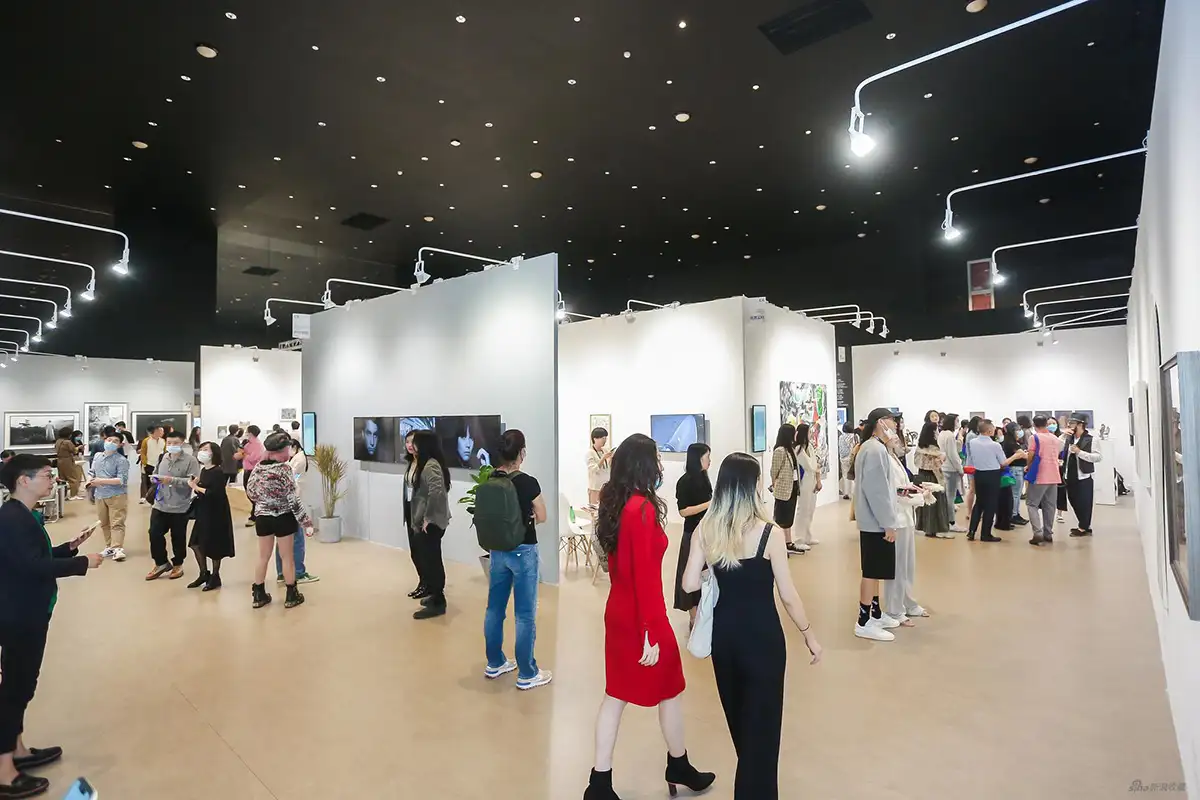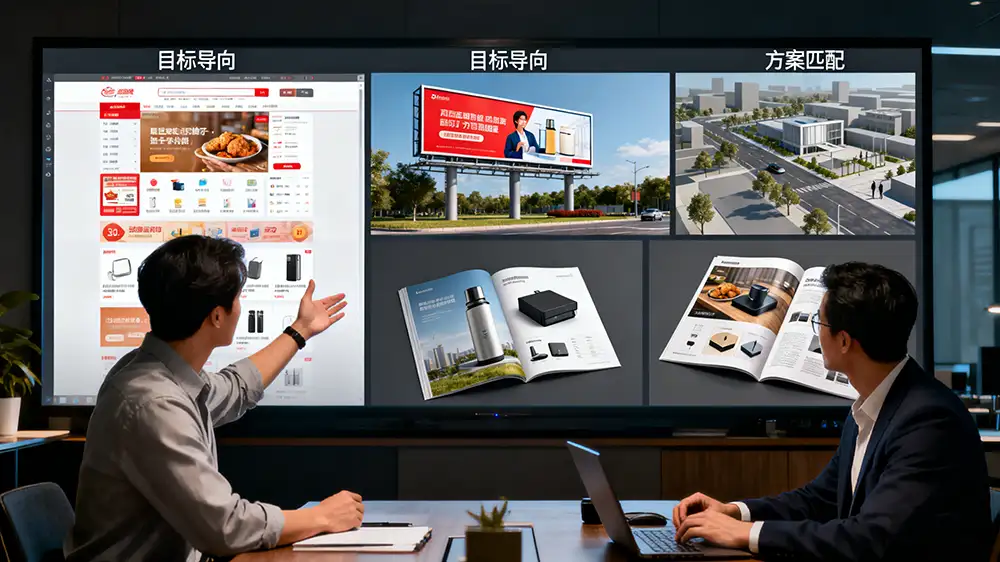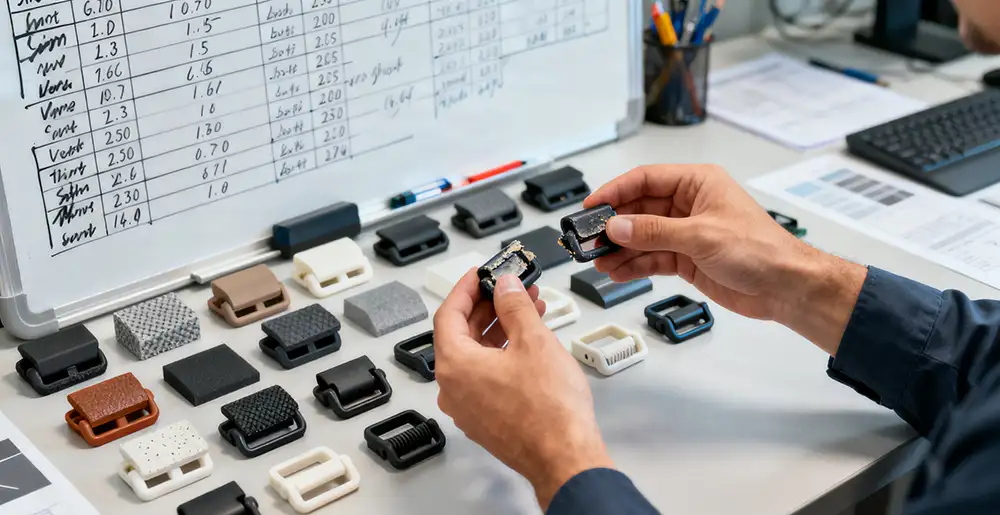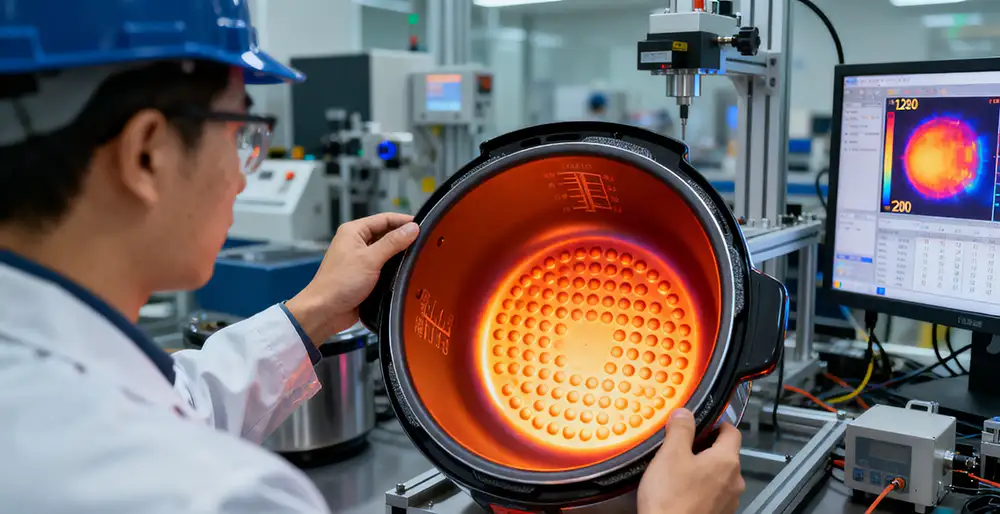NINEIDEA:对于工业设计新生代刚踏入这个领域来说,设计软件技能与设计审美的提升都至关重要,但在初期可以根据自身情况有所侧重。
软件技能是工业设计表达的基础工具。熟练掌握如 Rhino、Creo、SolidWorks 等建模软件,以及 Photoshop、KeyShot 等渲染和后期处理软件,能够将脑海中的设计概念快速转化为可视化的模型和效果图。新人通过大量练习软件技能,可以提升设计的执行效率,精准地呈现设计细节,让创意落地。在项目推进过程中,优秀的软件操作能力能够帮助新人更好地与团队成员沟通协作,展示设计方案。而且,在求职过程中,熟练的软件操作能力也是企业招聘时较为看重的技能之一。不过,如果过度专注于软件技能,而忽视设计审美和创意构思,可能会陷入 “炫技” 误区,设计出的作品缺乏灵魂和创新性。
设计审美则是工业设计的核心。提升设计审美需要新人广泛涉猎不同领域的艺术作品、优秀的工业设计案例,了解设计史和当下流行趋势,培养对色彩、形态、比例的敏锐感知。高水准的设计审美能够让新人判断设计的优劣,把握用户需求和市场喜好,创造出既实用又美观的产品。设计审美能力的提升,有助于新人跳出常规思维,挖掘独特的设计视角,使作品更具竞争力和市场价值。然而,若只注重设计审美,而缺乏软件技能的支撑,再好的创意也难以完整地呈现出来。
对于新人而言,在入门阶段,可以先花一定时间掌握基础的软件操作,能够满足基本的设计表达需求即可。与此同时,同步开展设计审美的提升,通过阅读设计书籍、参观展览、分析优秀案例等方式,不断拓宽设计视野。随着学习的深入,再逐步深化软件技能,将提升后的审美认知通过软件更好地表达在设计作品中,实现两者的相辅相成、共同提升。
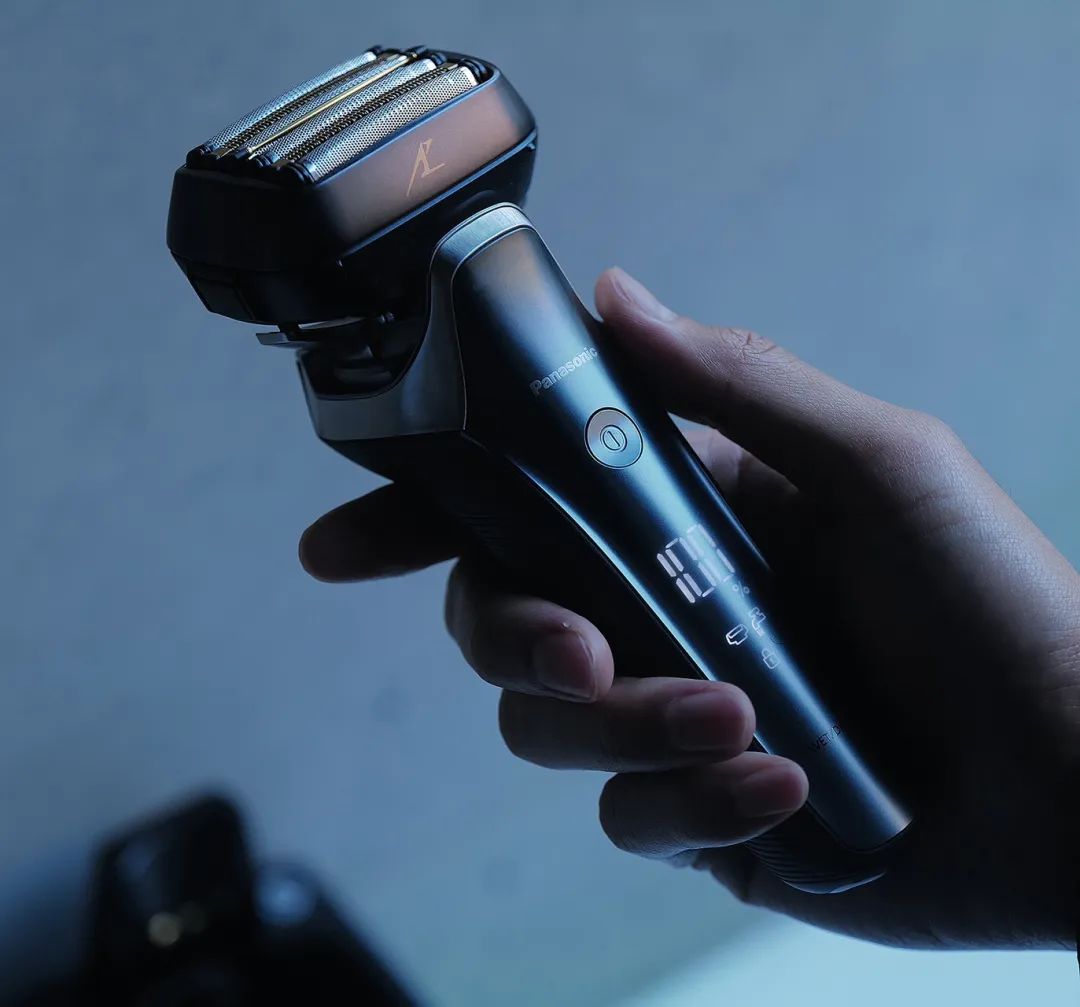
How to balance software skills and design aesthetics for the new generation of industrial design?
NINEIDEA:For the new generation of industrial design who have just entered this field, the improvement of design software skills and design aesthetics is crucial, but in the early stages, they can focus on their own situation.
Software skills are the fundamental tools for expressing industrial design. Proficient in modeling software such as Rhino, Creo, SolidWorks, as well as rendering and post-processing software such as Photoshop and KeyShot, able to quickly transform design concepts in one’s mind into visual models and renderings. Newcomers can improve the efficiency of design execution, accurately present design details, and bring creativity to fruition through extensive practice of software skills. During the project advancement process, excellent software operation skills can help newcomers communicate and collaborate better with team members, and showcase design solutions.
Moreover, proficient software operation skills are also one of the skills that companies value when recruiting during the job search process. However, if one overly focuses on software skills and neglects design aesthetics and creative ideas, they may fall into the trap of “showing off skills” and create works that lack soul and innovation.
Aesthetic design is the core of industrial design. Improving design aesthetics requires newcomers to extensively explore art works from different fields, excellent industrial design cases, understand design history and current trends, and cultivate a keen perception of color, form, and proportion. High level design aesthetics can enable newcomers to judge the quality of their designs, grasp user needs and market preferences, and create products that are both practical and aesthetically pleasing. The improvement of design aesthetic ability helps newcomers break out of conventional thinking, explore unique design perspectives, and make their works more competitive and marketable. However, if we only focus on design aesthetics and lack the support of software skills, even the best ideas cannot be fully presented.
For newcomers, in the introductory stage, it is advisable to spend some time mastering basic software operations to meet basic design expression needs. At the same time, synchronous improvement of design aesthetics is being carried out, continuously expanding design perspectives through reading design books, visiting exhibitions, analyzing excellent cases, and other methods. As learning deepens and software skills are gradually deepened, the improved aesthetic cognition will be better expressed in design works through software, achieving mutual complementarity and improvement of both.










